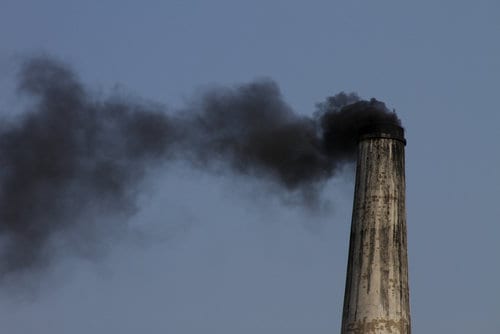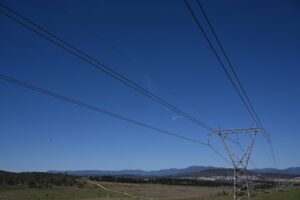
India last night announced a 15% year-on-year decline in coal imports for the twelve months to March 2016, as the country remains firmly on track to meet its publicly stated goals of ceasing thermal imports by 2017/18.
The latest data confirms that India is firmly on track to meet its goal of ending expensive coal imports. Even a cursory look at the evolving energy policy in India makes it clear that Adani’s Carmichael mine project in the Galilee Basin has no future.
The Adani proposal is a low energy, high ash thermal coal deposit that would deliver coal into India at double the cost Coal India Ltd is supplying domestic coal and even at current depressed coal prices, it is more expensive alternative than domestic solar.
It’s hardly surprising then that on the same day Queensland Mining Minister Anthony Lynham awarded the Carmichael project a Mining Lease, Adani Enterprises Pty Ltd announced they were deferring the project another year.
In the context of a country that has historically been handicapped by massive coal shortages and hence endemic, near daily electricity brownouts, the record high 84 million tonnes (Mt) of coal stockpiles across India reported in March 2016[i] combines with record high domestic coal production from Coal India Ltd in 2015/16.
This means that the Indian economy now has the electricity supply capacity and fuel supplies in place to allow Prime Minister Narendra Modi to deliver on his target for 7-8% annual economic growth.
The 16% yoy increase in electricity demand announced for March 2016 is in itself a record high rate of growth, following on from 9.2% yoy growth in February 2016.[iii]
This strongly supports the Indian Finance Minister Arun Jaitley’s assertion that India is delivering a much needed step change upwards in economic activity, particularly at a time of the Chinese economic slowdown.
In addition, this 15% yoy decline in Indian coal imports is being trumpeted as a serious economic achievement in another context. Coal Secretary Anil Swarup is highlighting the massive US$4.2 billion annual savings to the Indian current account deficit.
When PM Modi was elected in May 2014, India’s currency was depreciating out of control due to a current account deficit approaching 5% of GDP. With the collapse in oil and coal prices and now the collapse in coal import volumes, the current account deficit has been reduced by two-thirds in less than two years, stabilising the Rupee’s foreign value.
Indian fossil fuel subsidies have been radically curtailed in 2014/15, and India’s tax on coal doubled to US$4/t effective April 2016. This is an almost unique move to levelise the energy sector playing field.
In this context, with unsubsidised, utility scale solar electricity now available at as low as Rs4.34/kWh (US$64/MWh) fixed flat for twenty five years, imported coal is structurally challenged.
Indian solar generation costs have fallen 25% in just one year. IEEFA forecasts that continued technology and economies of scale gains will continue at 5-10% annually, further eroding imported coal’s competitiveness.
As a confirmation of this trend, the largest power firm in India is NTPC Ltd with 46GW of mainly thermal power generation capacity. At the start of 2015/16, NTPC forecast it would import 21Mt of thermal coal.
Last week, NTPC reported its coal imports in 2015/16 were down 42% yoy to just 9.5Mt.[iv] Further, NTPC has forecast it will not import any coal in 2016/17.[v]
Even further, Goyal has directed NTPC to pursue a rapid upstream vertical integration strategy that will see in-house domestic coal mining capacity ramp up to 300Mtpa by 2020, in addition to Coal India Ltd’s doubling to 1,000Mtpa of coal capacity.[vi]
The rate of Indian coal import decline is accelerating every month. Following five years of 20-30% annual growth, this marks an historic turning point in energy market transformation.








